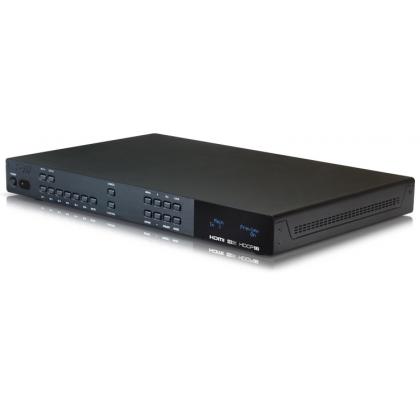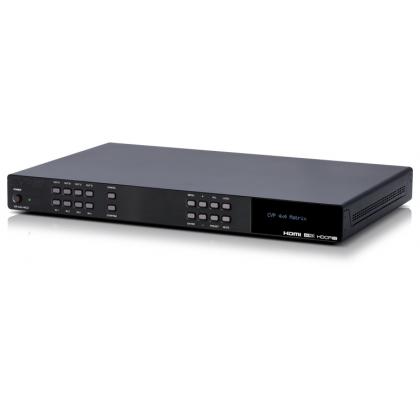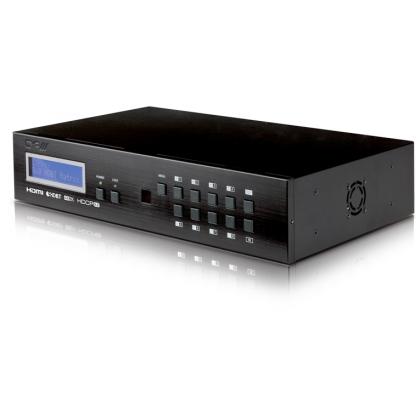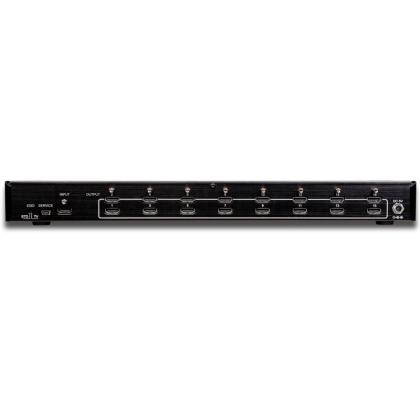What does 4K UHD do? - Part 3 of 4
Part 3 of 4 from 'Understanding 4k UHD'. HowToAV welcomes AV integration expert Neil Walton from CYP to discuss 4k UHD / Ultra High Definition video content.
What are the benefits of Higher Frame Rates?
The advantage of higher frame rates is you capture more data however, it also alleviates three major problems when filming:
- Motion blur
- Strobing
- Large Area Flicker
Why is colour spacing important?
When you're delivering an HDMI signal like UHD resolution and higher frame rates there is lots of data and we are limited to the transmission of this data by the cables or transmission system used. So there is a technology that has been released called 420 colour subsampling. Every pixel on a screen has 2 attributes/values one is, its 'Luma Value' which is how black and white the pixel is which gives you the detail. The other value is 'Chroma Value' which is the colour it is. If you remove the chrome of data from an image you end up with a black and white image. If you remove the luma value you get no image because you've got no detail. Because the human eyes are a lot more sensitive to black and white and colour you can cheat on the colour spacing. You can share colour across pixels, so although we see the detail we don't notice that some should have their own individual colour and that they actually share and spread colour across more than 1 pixel, now we're using something called 420 Colur Subsampling.
What is 420 Colour subsampling?
When you reduce the amount of chroma to 50%, this is important because we need to deliver HDMI signals across HDBaseT and HDBaseT has a maximum delivery speed of 8 gigabits per second. If something is filmed using full colour 4:4:4 and not sub sampled there is too much data - so by using 420 Colour Subsampling that's reducing the data by about half. This means you are now below the maximum bandwidth speed of HDBaseT and can now deliver high frame rate image at UHD with the 420 Colour Subsampling.
What is Motion Blur?
Motion Blur occurs for example if you are filming a football game, when there is a ball that goes across the camera and it looks blurred. It is also very similar to when you are capturing a photo and the camera jars at the last second you capture the photo which is then blurred. To alleviate this what they tend to do is to reduce the shutter speed when taking these pictures - so they take the same amount of pictures per second but with very short ones.
What is Strobing?
Where it looks as if (using the football example again), the ball has jumped across the screen. By increasing the frame rate and increasing the number of pictures taken per second you alleviate both motion blur and strobing problems.
What is Large Area Flicker?
This occurs on your peripheral vision on big screens and bright areas where the bright picture fuses and frame rate, once again by increasing frame rate you can reduce that.
Continue to PART 4.>>











